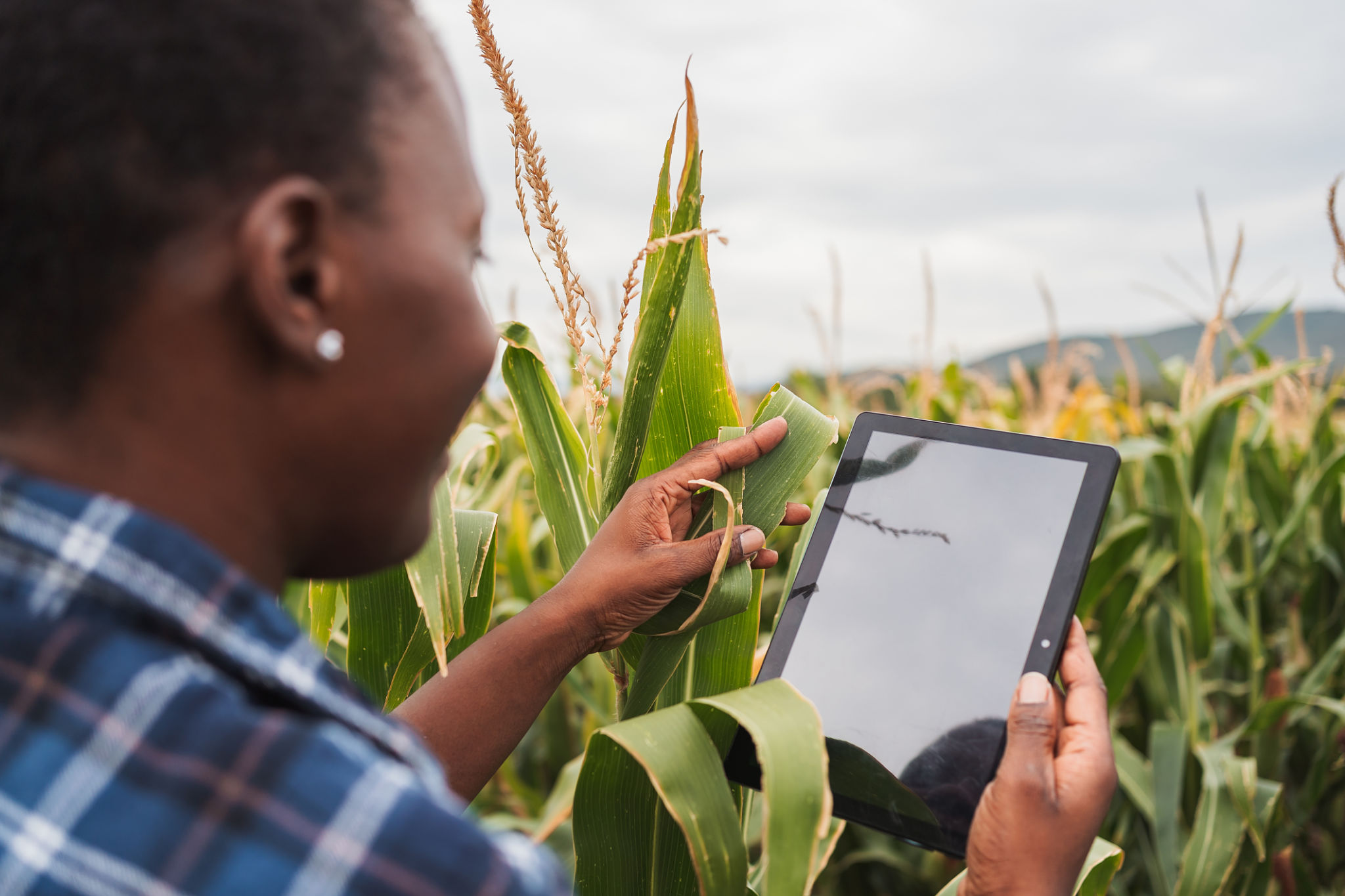Navigating the Future: Trends in Robotic Farming Solutions
Introduction to Robotic Farming
The agricultural industry is undergoing a transformative shift with the advent of robotic farming solutions. These innovations are not only enhancing productivity but also addressing challenges such as labor shortages and the need for sustainable practices. By integrating advanced technologies, farmers are paving the way for a more efficient and environmentally friendly future.
Robotic farming, often referred to as smart farming, leverages robotics, automation, and artificial intelligence to optimize crop production. This transition is crucial in meeting the growing global food demand, ensuring that our resources are used wisely and effectively.

Key Trends in Robotic Farming
1. Autonomous Machinery
One of the most significant trends in robotic farming is the development of autonomous machinery. These machines are designed to perform tasks such as planting, harvesting, and monitoring crops with minimal human intervention. By utilizing GPS, sensors, and machine learning algorithms, these robots can navigate fields, identify plant health, and even apply fertilizers or pesticides precisely where needed.
2. Precision Agriculture
Precision agriculture is another trend gaining traction. This approach uses data-driven techniques to manage and optimize field-level crop production. Technologies like drones, satellite imagery, and IoT devices collect data on soil conditions, weather patterns, and crop health. Farmers can then use this information to make informed decisions, reducing waste and improving yields.

3. Vertical Farming and Indoor Grow Systems
Vertical farming and indoor grow systems are revolutionizing how we think about agriculture. By growing crops in controlled indoor environments, these systems can produce food year-round, regardless of external weather conditions. This method not only maximizes space but also conserves water and eliminates the need for chemical pesticides.
Challenges and Opportunities
1. Technological Integration
While the benefits of robotic farming are clear, there are challenges to integrating these technologies. High initial costs and the need for skilled labor to operate and maintain these systems can be barriers for some farmers. However, as technology advances and becomes more accessible, these obstacles are gradually being overcome.

2. Environmental Impact
Robotic farming solutions also offer opportunities to enhance sustainability. By optimizing resource use and reducing chemical inputs, these systems can significantly lower the environmental impact of traditional farming methods. Moreover, the ability to closely monitor crop conditions allows for early detection of diseases and pests, minimizing damage and loss.
The Future of Robotic Farming
As we look to the future, the potential for robotic farming is immense. Continued innovation will likely lead to even more sophisticated technologies that can handle complex tasks and adapt to changing agricultural landscapes. Collaboration between tech companies, farmers, and researchers will be crucial in driving these advancements forward.
Ultimately, robotic farming represents a promising solution to some of the most pressing challenges in agriculture today. By embracing these technologies, we can ensure a more sustainable and productive future for farming worldwide.